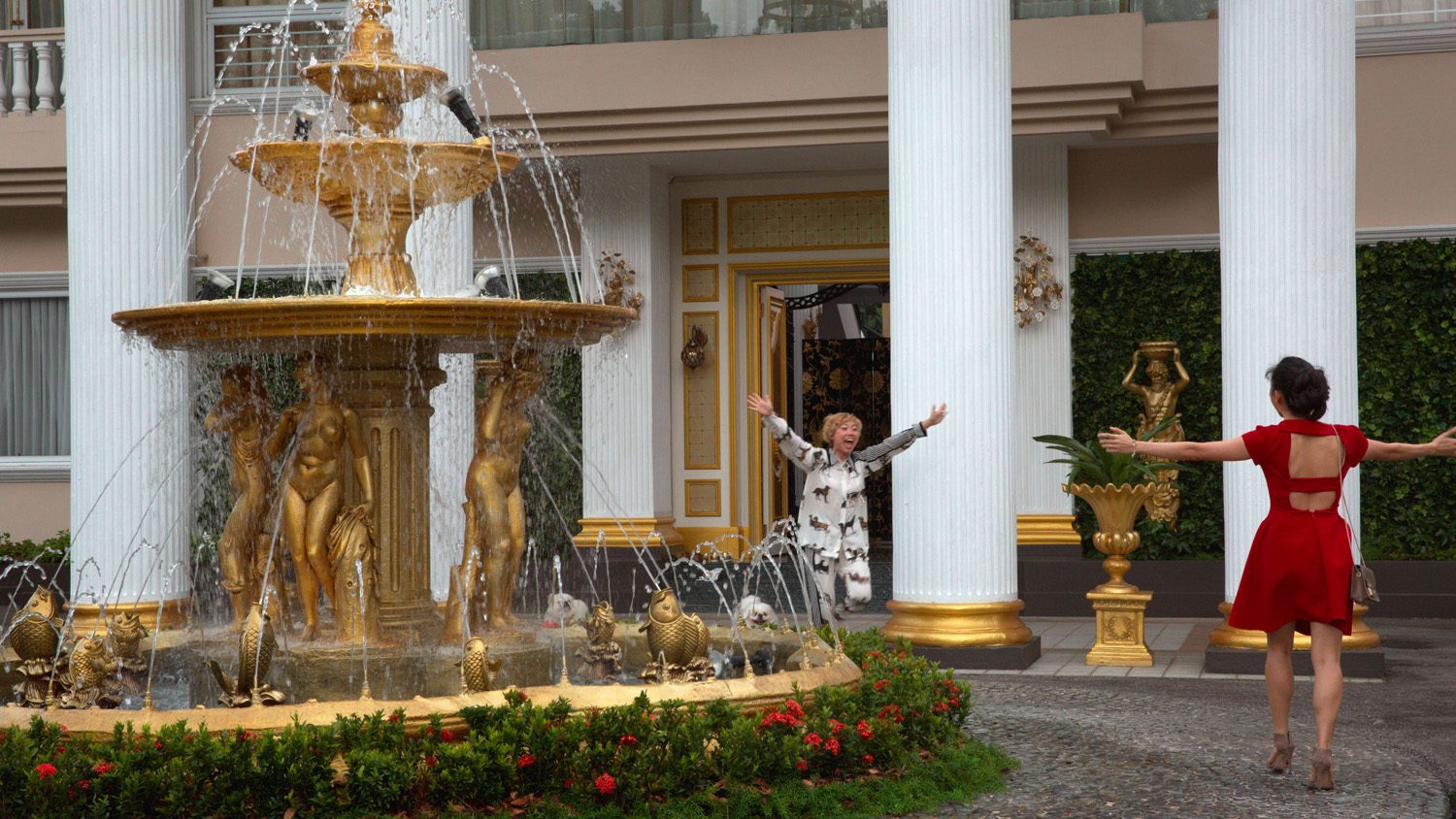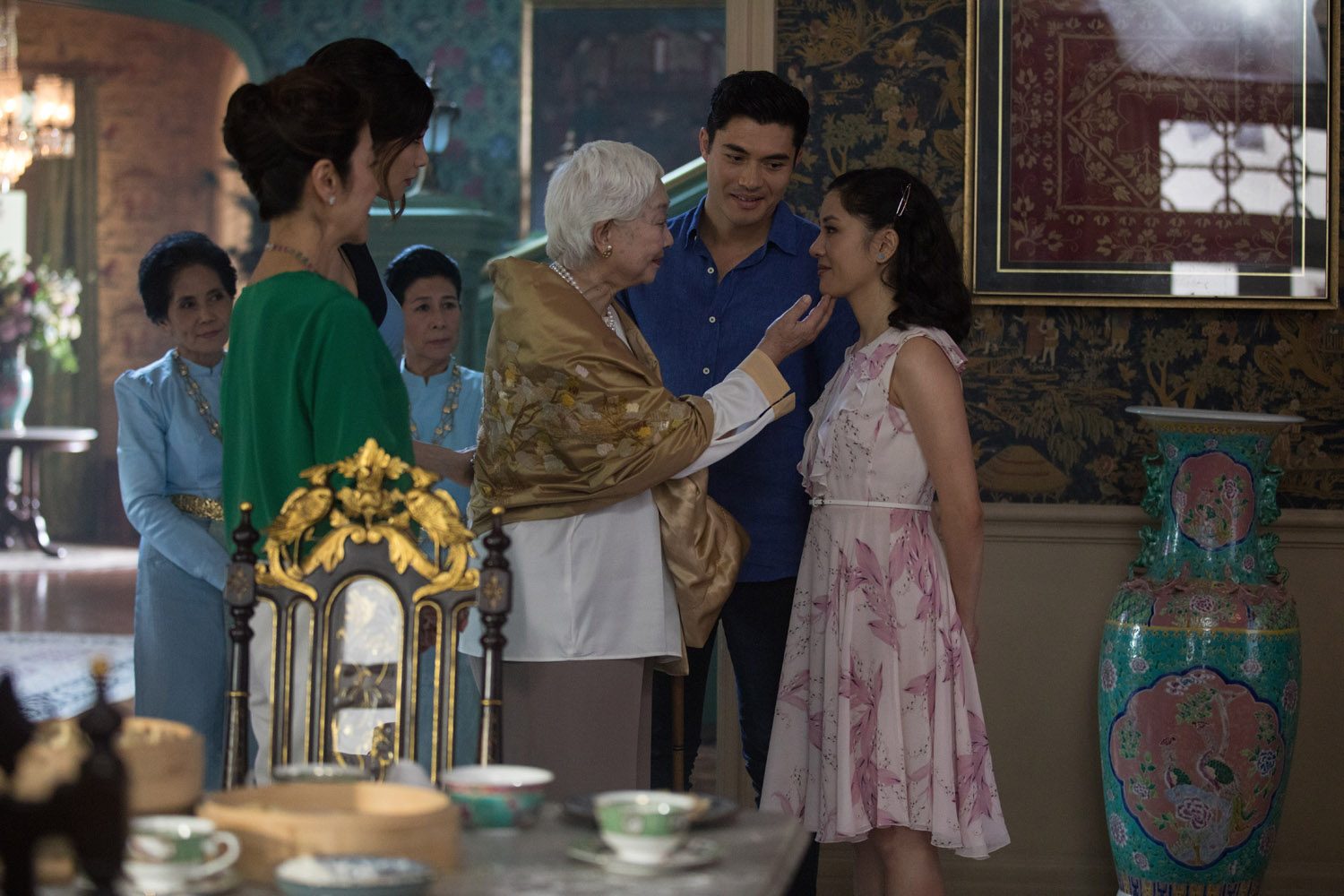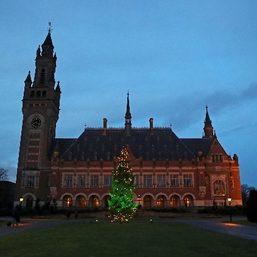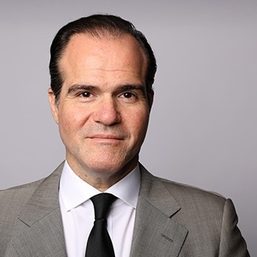SUMMARY
This is AI generated summarization, which may have errors. For context, always refer to the full article.

Before indulging in the indisputable pleasures of Jon M. Chu’s Crazy Rich Asians, it would be instructive to see Comrades, Almost a Love Story (1996) to get an also romance-based glimpse of Chinese migration from the Mainland, to Hong Kong to America and back.
The film, directed by Hong Kong-director Peter Ho-Sun Chan, tells the story of a wide-eyed immigrant (Leon Lai) who falls for a street-smart woman (Maggie Cheung) who he imagines to be a Hong Kong native, but he later discovers is actually a Mainlander like him.
The film, while staying close to its romantic leanings, is compellingly conscious of history. It is aware of the crests and troughs of China’s economy that resulted in the grand narrative of migration that reinforced gradual shifts in cultural identification and virtues in between generations.
Wealth, prestige and lineage
Crazy Rich Asians, adapted from the best-selling novel of Kevin Kwan, is set in a world that has seen the changes that has happened more than two decades after the events of Chan’s film.
It tells the love story of Rachel Chu (Constance Wu), the daughter of a Chinese woman who migrated to the United States, and Nick Young (Henry Golding), the lone heir of a Singapore-based real estate family. Like Chan’s film, Crazy Rich Asians is also cleverly conscious of the shifts in economic power between the East and the West, with the effects of migration from Asia to the West from decades ago creating the fissures that develop diverse personal values amidst racial sameness.
It opens in 1995, where a younger Eleanor Young (Michelle Yeoh) educates the West on how it has for so long stereotyped the East as a wellspring of refugees and immigrants when after being rebuked by London hoteliers, she proceeds to call her husband and buys the entire hotel within a matter of minutes. That is the last time the film touches on how the West sees Asia.
The film proceeds to indulge in a love story set in the modern-day Asia that has seen the tides turn, where it is no longer the land riddled with all sorts of strife but a place brimming with color and crowded with towering skyscrapers of every shape imaginable.
What is most beautiful about Crazy Rich Asians is that while it groundbreakingly features a cast that is predominantly Asian, it still manages not just to thrive but also celebrate variety.
This is a film that delights in the nuances of wealth, prestige and lineage. It is keen not just of class structures, of the glaring gap between the new rich, represented here by the gaudy family of Rachel’s best friend Peik Lin (Awkwafina), and the old rich, represented by the Youngs, but also of the silent prejudices that exist among them.
Chu’s film, in fact, grounds its conflict on the antagonism of Eleanor, Nick’s mother, to Rachel’s being in the words of Peik Lin, a banana, or more American than Asian, to her adherence to the norms of the West which she believes run counter to her and her family’s values.

Feast for the eyes and ears
All of these connections, nuances, histories and complex class structures are enveloped within the confines of a charming and very amiable romantic comedy, styled after the uncomplicated screwballs of old Hollywood.
Crazy Rich Asians is consistently exuberant. Chu, who also directed G. I. Joe: Retaliation (2013) and Jem and the Holograms (2015), is no stranger to spectacle, and he turns Crazy Rich Asians, with its almost absurd portrayal of obscene amounts of wealth, into a grandiose feast not just for the eyes but also for the ears, with curated music that showcases the overlap of cultures that the film celebrates.
Its jubilant mood is never dulled by expectations.
It is both tender and light, with its commentaries carried over by humor. This is a film that ingeniously tells the story of the rich exploiting the waves of Chinese migration to become even richer through a map embossed on a designer handbag. This is a film whose emotional climax is a game of mahjong. This is a film that understands irony. It knows when to utilize stereotypes to its advantage.
Crazy Rich Asians is fabulously clever. Even its seemingly relentless grasp on the conveniences of formula feels part of the strategy to woo the rest of the world into indulging in the underrepresented joys of a culture that has so long been relegated to the sidelines by Hollywood.
Plays like a fairy tale
There would undoubtedly be many criticisms about how the film literally plays like a fairy tale, totally oblivious to real world poverty and almost silent as to the graver repercussions of the concentration of riches to a small circle of elite, almost predominantly composed of Chinese-blooded individuals (which makes it more glaring since Singapore prides itself of being a melting pot of cultures and races).
However, a film can only do and tackle so much, and what Crazy Rich Asians does within its endearing but minute scope is already immense. – Rappler.com

Francis Joseph Cruz litigates for a living and writes about cinema for fun. The first Filipino movie he saw in the theaters was Carlo J. Caparas’ Tirad Pass.
Since then, he’s been on a mission to find better memories with Philippine cinema.
Add a comment
How does this make you feel?


![[WATCH] Try This: Empanada Salteña from Argentina](https://www.rappler.com/tachyon/2023/04/try-this-empanada-saltena-argentina.jpg?resize=257%2C257&crop=765px%2C0px%2C1037px%2C1037px)


There are no comments yet. Add your comment to start the conversation.